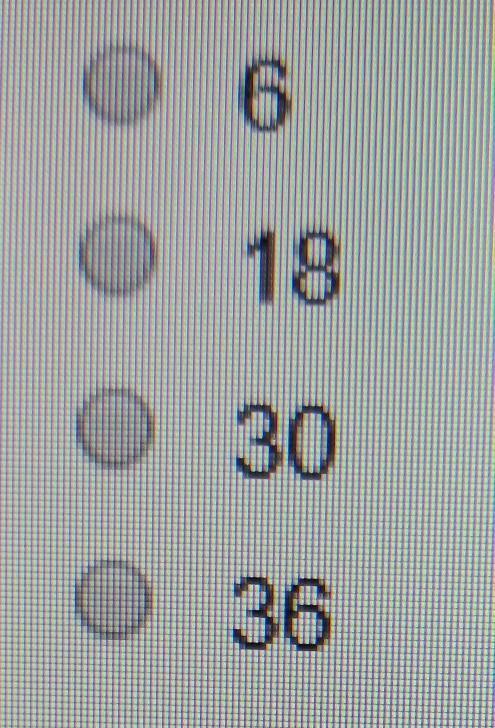
Mathematics, 05.10.2021 20:20 john36020
Given that ∠1≅∠7 . Which theorem proves that d∥e? converse of the alternate interior angles theorem converse of the alternate exterior angles theorem alternate exterior angles theorem alternate interior angles theorem Parallel lines d and e intersected by a transversal. Line d is above line e. Angle 1 is above line d and to the left of the transversal. Angle 2 is above line d and to the right of the transversal. Angle 3 is below line d and to the left of the transversal. The angle below line d and to the right of the transversal is labeled 46 degrees. Angle 4 is above line e and to the left of the transversal. Angle 5 is above line e and to the right of the transversal. Angle 6 is below line e and to the left of the transversal. Angle 7 is below line e and to the right of the transversal.

Answers: 2


Another question on Mathematics

Mathematics, 21.06.2019 17:20
What is the reflection image of (5,-3) across the line y = -x?
Answers: 1

Mathematics, 21.06.2019 19:00
The diagonals of a quadrilaretral intersect at (-1,4). one of the sides of the quadrilateral is bounded by (2,7) and (-3,5) determine the coordinates of the other side in order for the quadrilaretral to be a square.
Answers: 1

Mathematics, 21.06.2019 19:00
Which shows one way to determine the factors of 4x3 + x2 – 8x – 2 by grouping?
Answers: 1

Mathematics, 22.06.2019 00:00
An equation in slope-intersept form the lines that passes thought (-8,1) and is perpindicular to the y=2x-17.
Answers: 1
You know the right answer?
Given that ∠1≅∠7 . Which theorem proves that d∥e? converse of the alternate interior angles theorem...
Questions





Physics, 26.04.2021 22:20

Mathematics, 26.04.2021 22:20

Mathematics, 26.04.2021 22:20

English, 26.04.2021 22:20



Social Studies, 26.04.2021 22:20


Social Studies, 26.04.2021 22:20


Mathematics, 26.04.2021 22:20

Mathematics, 26.04.2021 22:20







